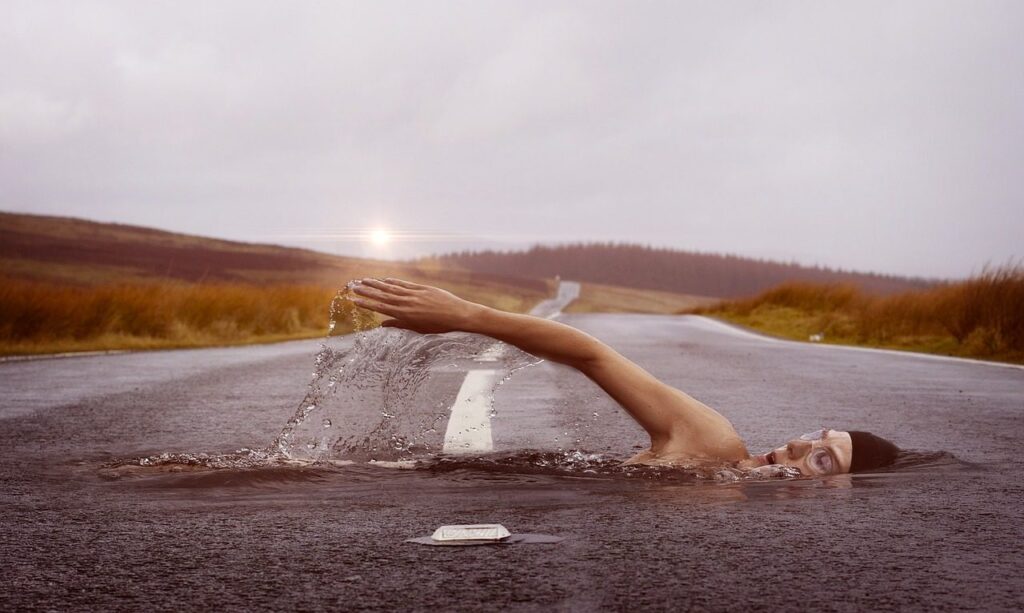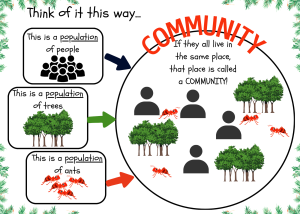Finding strategies for teaching science students, and making learning enjoyable can be a constant challenge. However, there is a powerful approach that will engage students in a unique and exciting way – sports. By integrating sports into your classroom teaching, you can tap into the natural curiosity and competitive spirit of students, creating a dynamic learning environment for science that fosters both knowledge and enthusiasm. In this article, we will explore the impact that a sports-related strategy can have on your classroom, and how you can leverage this powerful combination to inspire and empower their students. From throwing a baseball to shooting a basketball, the world of sports provides countless opportunities to embed scientific principles in a practical and relatable way. So, let’s dive in and discover the power of sports to create passionate learners. Game on!
The Importance of Engaging Students in Science Education
Science is a crucial aspect of a well-rounded education, as it equips students with the skills and knowledge they need to understand and navigate the world around them. However, traditional methods of teaching science often fail to capture the attention and interest of students, leading to unmotivated learners. This is where the power of sports comes in.
How Sports Can Be Used to Enhance Science Instruction
Sports provide a unique and relatable background for applying scientific principles. From the physics of throwing a football to the biology of athletic performance, the world of sports offers many opportunities to make science come alive for your students. By incorporating sports into your science lessons, you can bridge the gap between abstract concepts and real-world applications, making learning more real and relatable.
Examples
There are numerous ways to integrate sports into science lessons and activities.
In my own experience, whenever we got into the physics of physical science, sports became my go-to example. Of course, I’m not just talking about baseball, basketball, football, soccer, track, etc. Any activity or sport can be used; Dancing, skateboarding, snowboarding, skiing, wrestling, gymnastics… on and on you can go.
Do you have to have a history in that sport? No. Does it help? Well, yes, to a point. As long as you understand some fundamentals of the sport and have a good grasp of physics, you are good to go.
For example, when teaching about Newton’s Laws of Motion, Speed, Velocity, Acceleration, Gravity, and other topics, there is a multitude of applications to use. During basketball season, I would talk about the trajectory of the throw, the purpose of the backboard and its markings, etc.
Baseball was another one. Here you can apply the points mentioned above plus speed, velocity, and acceleration.
Get students talking about techniques, like those in volleyball, and you can weave many science concepts into that sport.
Knowing not all students are interested or participate in the “major” sports, I integrated skateboarding, skiing, wrestling, dancing, golf, martial arts, and horseback riding into the mix. Heck, we’d even look at billiard videos and talk about the physics of those.
On that note, I commonly used video clips from youtube. Integrating those videos was an ideal way to reinforce and review key concepts and exercises. So, by using sports as a starting point, you can introduce scientific concepts in a way that is engaging and accessible to students.
Benefits
As stated above, integrating sports into your science class offers a range of benefits for both students and teachers.
Firstly, it taps into students’ natural affinity for sports, making learning more enjoyable and relevant. This, in turn, increases student engagement and motivation and that leads to improvements in learning.
Secondly, sports provide a natural frame for applying scientific principles, helping students see the real-world applications of what they are learning.
Finally, integrating sports into your curriculum can foster cross-disciplinary learning, as it requires students to draw on knowledge from other areas, like physics, biology, and chemistry.
Strategies
Several approaches for successfully incorporating sports into the science curriculum were mentioned above and are included below. Here are a few possibilities:
- a lesson on the human respiratory and cardiovascular system can be framed in the context of endurance sports such as track and cross-country
- use stairs (your school has to have many sets of stairs. If not, what about the bleachers?) to time and calculate speed
- leverage technology and multimedia resources to illustrate Newton’s Laws
- Virtual experiments and simulations tools will bring sports science to life for your students and deepen their understanding (Sandbox, PhET simulations, CK-12 to list a few)
- collaborate with your physical education teachers with projects that integrate sports and science (ScienceBuddies)
- YouTube and other videos (this can run the gamut from watching and talking about the video or using a resource like Edpuzzle to frame and structure your video lesson)
Resources and Tools
Many resources and tools are available to support the integration of sports and science in your classroom. Online platforms, such as Khan Academy and Science of NFL Football, STEMsports, Science of Sport, and others offer a wealth of educational videos, interactive lessons, and quizzes that combine sports and science. Additionally, physical activity trackers and wearable technology can also be utilized to collect data and analyze student performance in sports-related experiments.
Tips and Tricks
Interested in using sports to engage students in your science classroom? Here are some tips to get started:
1. Identify sports-related topics and concepts that align with the curriculum.
2. Use multimedia resources and technology to enhance the learning experience.
3. Collaborate with physical education teachers for interdisciplinary projects.
4. Seek out professional development opportunities and partnerships with sports organizations.
5. Integrate sports into your existing science curriculum units to overcome time constraints.
6. Make learning interactive and hands-on by incorporating sports experiments and demonstrations.
7. Celebrate student achievements and showcase the connection between sports and science.
Conclusion
Harnessing the power of sports to engage students in your science classroom has the potential to revolutionize the way you teach and students learn. By tapping into your student’s natural curiosity and competitive spirit, you can create a dynamic learning environment that encourages both knowledge and enthusiasm. From exploring the physics of sports movements to studying the biology of athletic performance, sports offer countless opportunities to apply scientific principles in a practical and relatable way. By strategically integrating sports into your science curriculum, you can inspire a new generation of scientists and empower students to become passionate learners. So, let the game begin!







